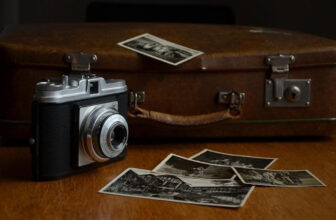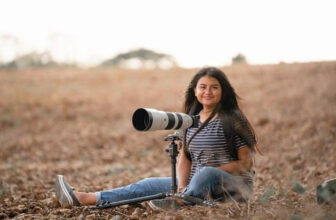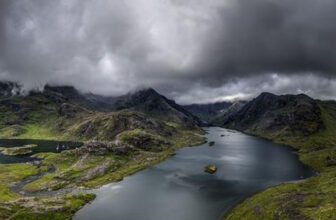Mastering the Art of HDR Photography: Expert Tips and Techniques
GoogleAds
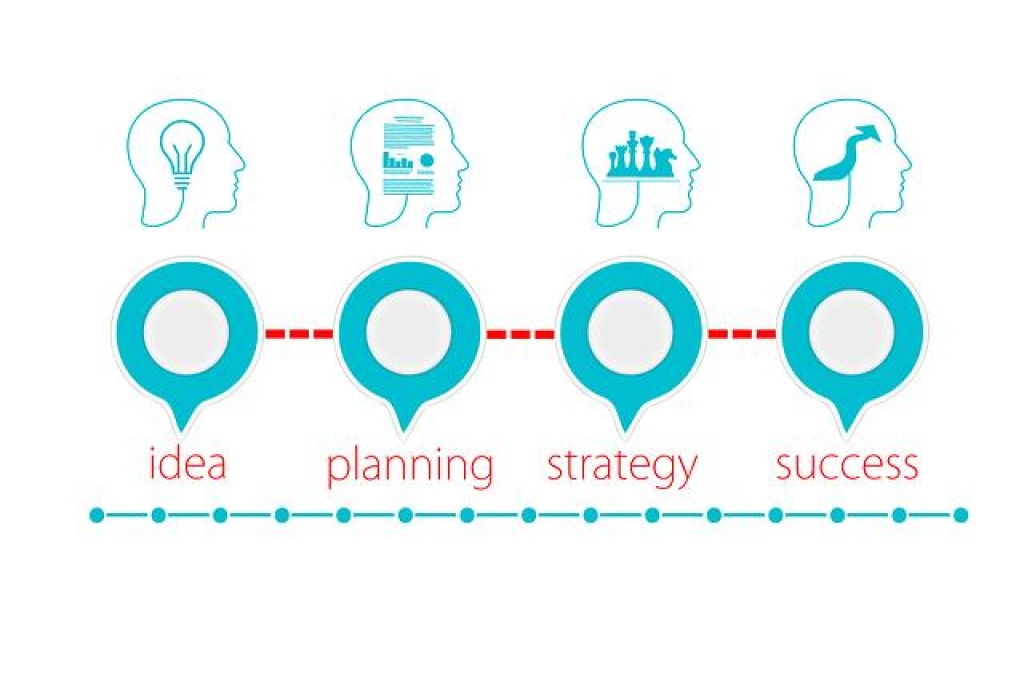
In the fast-paced world of photography, mastering the art of High Dynamic Range (HDR) imaging has become an essential skill for any aspiring photographer. In this article, we will delve into the expert tips and techniques that will help you elevate your HDR photography game to new heights. Whether you’re a seasoned pro looking to fine-tune your craft or a beginner eager to learn the ropes, this guide is guaranteed to provide valuable insights that will take your photos to the next level.
Introduction
Welcome to our comprehensive guide on mastering the art of HDR photography! Whether you’re a beginner looking to enhance your skills or a seasoned photographer seeking to refine your techniques, this post is packed with expert tips and insider knowledge to help you take your HDR photography to the next level.
High Dynamic Range (HDR) photography is a technique that allows you to capture a greater range of light and dark tones in your photos, resulting in stunning images with enhanced detail and depth. By combining multiple exposures of the same scene, you can create a final image that showcases the full spectrum of colors and contrasts present in real life.
One of the key elements of successful HDR photography is understanding how to properly set up your camera and choose the right settings for each shot. From adjusting your aperture and shutter speed to mastering the art of bracketing, there are several technical aspects to consider when capturing HDR images.
Another important aspect of HDR photography is post-processing. By using editing software such as Adobe Lightroom or Photoshop, you can blend your exposures, adjust colors and tones, and fine-tune your images to perfection. Learning how to effectively edit your HDR photos can make a significant difference in the final result.
Throughout this post, we will delve into the intricacies of HDR photography, providing you with practical tips, creative inspiration, and step-by-step techniques to help you elevate your work. So grab your camera, set up your tripod, and get ready to explore the exciting world of HDR photography!
Understanding HDR Photography
High Dynamic Range (HDR) photography is a technique that allows photographers to capture a wider range of luminance levels than is possible with standard digital imaging or photographic techniques. By blending multiple exposures of the same scene, HDR photography creates stunning images that are rich in detail and color.
One of the key elements in mastering HDR photography is understanding the importance of bracketing. Bracketing involves taking multiple shots of the same scene at different exposure levels, ensuring that you capture all the highlights and shadows. This technique is essential for creating the dynamic range needed for HDR images.
When it comes to post-processing HDR images, it’s crucial to use the right software. Programs like Adobe Photoshop or Lightroom offer powerful tools for merging and tonemapping multiple exposures. These tools allow you to fine-tune the contrast, saturation, and overall look of your HDR images to achieve the desired result.
Another important tip for mastering HDR photography is to pay attention to composition. While the focus is often on capturing a wide dynamic range, composition plays a crucial role in creating impactful and visually stunning images. Experiment with different angles, perspectives, and framing to add depth and interest to your HDR shots.
Overall, mastering the art of HDR photography takes practice, patience, and a keen eye for detail. By understanding the fundamentals of HDR, mastering bracketing techniques, utilizing the right post-processing tools, and paying attention to composition, you can create breathtaking HDR images that stand out and capture the beauty of the world around you.
Choosing the Right Equipment
When it comes to mastering the art of HDR photography, is crucial. Investing in the proper tools can make all the difference in the quality of your final images. Here are some expert tips and techniques to help you select the best equipment for your HDR photography:
First and foremost, you’ll need a camera that has the ability to shoot in bracketed exposures. This feature allows you to capture a series of images at different exposure levels, which is essential for creating HDR photos. Look for a camera that offers at least +/- 2 to 3 stops of exposure bracketing for optimal results.
Next, you’ll need a sturdy tripod to ensure that your camera remains stable during the bracketed exposure sequence. This is important for aligning your images perfectly in post-processing and avoiding any unwanted blurriness in the final HDR photo. Invest in a high-quality tripod that is both lightweight and durable.
In addition to a camera and tripod, you’ll also need a wide-angle lens to capture the full range of tones in your HDR images. A lens with a focal length of around 24mm to 35mm is ideal for landscape and architectural photography, as it allows you to capture more of the scene in each shot.
Lastly, consider investing in a remote shutter release or intervalometer to minimize camera shake when capturing bracketed exposures. This accessory allows you to trigger the camera without physically touching it, resulting in sharper images and smoother HDR blending in post-processing.
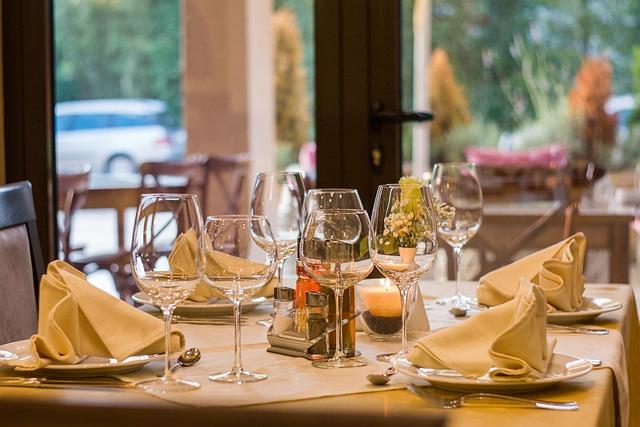
Setting Up Your Shot for HDR Success
When , it’s important to pay attention to a few key elements that can make a big difference in the final result. Here are some expert tips and techniques to help you master the art of HDR photography:
1. Choose the Right Scene: Look for scenes with a wide range of contrast between light and dark areas. This will allow you to capture more detail and create a more dynamic HDR image.
2. Use a Tripod: Stability is key when taking multiple exposures for an HDR image. A tripod will help you keep your camera steady and ensure that each shot lines up perfectly.
3. Adjust Your Settings: Experiment with different exposure settings to find the perfect balance for your HDR shot. Try bracketing your shots at different exposure levels to capture detail in both the highlights and shadows.
4. Focus on Composition: Pay attention to the composition of your shot, focusing on leading lines, symmetry, and framing to create a visually appealing HDR image.
5. Post-Processing: After capturing your images, use photo editing software to merge your exposures and fine-tune the final image. Adjust the contrast, saturation, and sharpness to enhance the overall look of your HDR photo.

Mastering HDR Post-Processing Techniques
High Dynamic Range (HDR) photography is a technique that allows photographers to capture a wider range of light and dark tones in a single image. is essential for creating stunning, vibrant images that truly stand out. In this post, we will explore expert tips and techniques to help you take your HDR photography to the next level.
One of the key aspects of mastering HDR post-processing is understanding the importance of bracketing. Bracketing involves taking multiple shots of the same scene at different exposure levels. By combining these images, you can create a single HDR image with a greater dynamic range. To achieve optimal results, use a tripod to ensure that each shot lines up perfectly.
When it comes to post-processing your HDR images, software plays a crucial role. Programs like Adobe Lightroom and Photomatix Pro offer powerful tools for merging and adjusting your bracketed images. Experiment with sliders for highlights, shadows, and clarity to fine-tune your final image. Don’t be afraid to push the boundaries and get creative with your edits.
Color grading is another important aspect of HDR post-processing. By carefully adjusting the saturation, temperature, and tint of your image, you can create a more visually appealing result. Consider using a color wheel to help you find complementary colors that enhance the overall look and feel of your HDR photos.
Finally, don’t forget to pay attention to the small details. Refine your image by sharpening key areas, reducing noise, and applying selective adjustments using masks or brushes. By paying attention to the finer points of your HDR post-processing workflow, you can elevate your images from good to truly exceptional.

Tips for Achieving Natural Looking HDR Images
When it comes to achieving natural looking HDR images, it’s essential to pay attention to detail and follow expert tips and techniques. By mastering the art of HDR photography, you can create stunning images that enhance the beauty of your subject while maintaining a realistic appearance.
One key tip for achieving natural looking HDR images is to use a tripod to ensure stability and avoid camera shake. This will help you capture sharp, clear images with the necessary detail for effective HDR processing. Additionally, using a remote shutter release or timer can further reduce the risk of camera movement during the exposure.
Another important technique to consider is bracketing your shots to capture a range of exposures. This involves taking multiple shots of the same scene at different exposure levels, from underexposed to overexposed. By blending these exposures using HDR software, you can create a well-balanced image with a wide dynamic range.
When processing your HDR images, it’s crucial to avoid over-editing, which can result in an unnatural appearance. Instead, focus on making subtle adjustments to enhance the overall look of the image while maintaining a realistic feel. Pay attention to details such as color saturation, contrast, and brightness to achieve a natural looking result.
Lastly, consider the composition of your HDR images to create visually appealing photos. Experiment with different angles, framing techniques, and perspectives to capture the beauty of your subject in a unique way. By following these expert tips and techniques, you can master the art of HDR photography and create stunning, natural looking images that stand out.
Common Mistakes to Avoid in HDR Photography
When it comes to HDR photography, there are some common mistakes that many beginners tend to make. By being aware of these pitfalls, you can elevate your photography skills and create stunning HDR images that truly stand out. Here are some expert tips and techniques to help you avoid these common mistakes:
1. Overdoing the HDR Effect: One of the most common mistakes in HDR photography is overdoing the HDR effect. While HDR is meant to enhance the dynamic range of your photos, it’s important to strike a balance and not make your images look unnatural. Avoid excessive saturation, over-sharpening, and unrealistic colors.
2. Ignoring the Composition: Another mistake to avoid is neglecting the composition of your HDR photos. Remember that HDR is just a technique – the basic rules of composition still apply. Pay attention to framing, leading lines, symmetry, and other elements that make a photo visually appealing.
3. Using Low-Quality Images: To create high-quality HDR photos, you need to start with high-quality images. Avoid using images that are blurry, pixelated, or poorly exposed, as this will result in a subpar HDR image. Take the time to capture well-exposed and sharp images to achieve the best results.
4. Overcomplicating the Process: HDR photography can be complex, but that doesn’t mean you need to overcomplicate the process. Keep your workflow simple and focus on the essentials. Use HDR software that is user-friendly and learn to master a few key techniques rather than trying to do everything at once.
5. Neglecting Post-Processing: Post-processing is a crucial part of HDR photography, so don’t neglect it. Use editing software to fine-tune your images, adjust the tonal range, remove distractions, and enhance details. Experiment with different settings and techniques to find the look that best suits your style.

Conclusion
After delving into the world of HDR photography and exploring various tips and techniques, it is evident that mastering this art form requires a combination of technical knowledge and creative vision. By understanding the principles behind HDR photography and implementing the right tools and settings, photographers can elevate their images to new heights.
One key takeaway from this exploration is the importance of bracketing exposures to capture a wider dynamic range. By taking multiple shots at different exposure levels and merging them in post-processing, photographers can achieve stunning results with enhanced details and vibrant colors. This technique allows for greater flexibility in adjusting the tonal range of an image.
Furthermore, mastering the use of HDR software is essential for achieving professional-quality results. Experimenting with different tone mapping techniques and presets can help photographers bring out the full potential of their images. It is important to strike a balance between enhancing details and maintaining a natural look in the final result.
Composition plays a crucial role in HDR photography, as it helps guide the viewer’s eye and create a sense of depth in the image. By incorporating leading lines, framing elements, and strong focal points, photographers can create visually appealing and dynamic compositions. Paying attention to the rule of thirds and utilizing creative framing techniques can elevate the impact of an HDR image.
In , mastering the art of HDR photography requires patience, practice, and a keen eye for detail. By implementing the expert tips and techniques discussed in this post, photographers can enhance their skills and create captivating HDR images that leave a lasting impression on viewers. With dedication and perseverance, photographers can unlock the full potential of HDR photography and take their art to the next level.
Q&A
Q: What is HDR photography and why is it important for photographers to master this technique?
A: HDR stands for High Dynamic Range, and it involves combining multiple exposures of the same scene to create a final image with a greater range of tones and details. Mastering HDR photography allows photographers to capture scenes with challenging lighting conditions and create stunning, vibrant images with enhanced detail.
Q: What are some key tips for achieving great results in HDR photography?
A: Some expert tips for mastering HDR photography include using a tripod to ensure each exposure is aligned perfectly, shooting in RAW for maximum flexibility in post-processing, and experimenting with different HDR software to find the right tool for your workflow.
Q: How can photographers avoid common pitfalls in HDR photography?
A: Common pitfalls in HDR photography include over-processing images, creating unnatural-looking results, and sacrificing tonal range for dramatic effect. To avoid these pitfalls, photographers should aim for a natural and balanced look in their HDR images, and use restraint when adjusting tones and colors.
Q: What are some advanced techniques for taking HDR photography to the next level?
A: Advanced techniques for HDR photography include tone mapping for enhancing details in highlights and shadows, exposure fusion for blending exposures seamlessly, and using gradient filters to balance exposure in-camera. Experimenting with these techniques can help photographers achieve professional-level results in their HDR images.
Q: What equipment is essential for HDR photography?
A: Essential equipment for HDR photography includes a digital camera with manual exposure settings, a sturdy tripod for stability, and HDR software for processing multiple exposures. Additional gear such as a remote shutter release, filters, and a wide dynamic range lens can also enhance the quality of HDR images.
Future Outlook
In conclusion, mastering the art of HDR photography requires a combination of technical skills, artistic vision, and attention to detail. By implementing the expert tips and techniques discussed in this article, photographers can elevate their images to new heights and create stunning visuals that truly capture the beauty of their subjects. With practice and patience, anyone can become proficient in this dynamic and rewarding style of photography. So grab your camera, experiment with different settings, and see where your HDR journey takes you. Happy shooting!
GoogleAds



